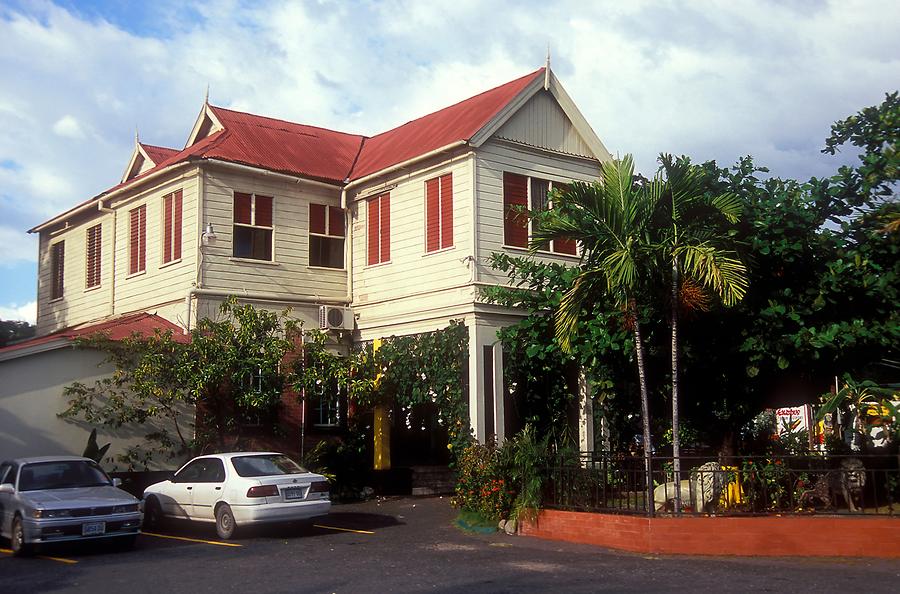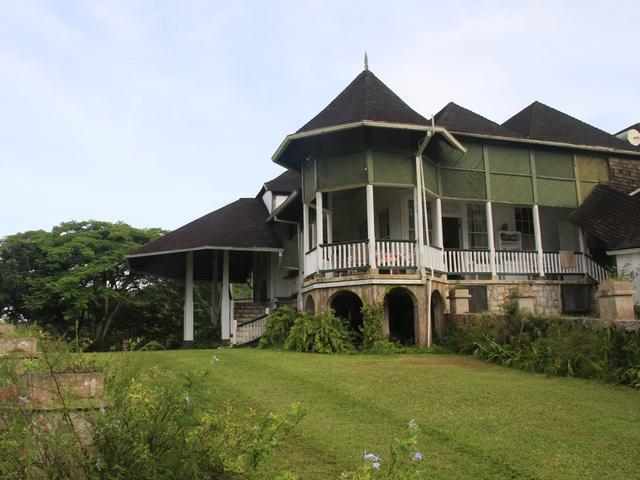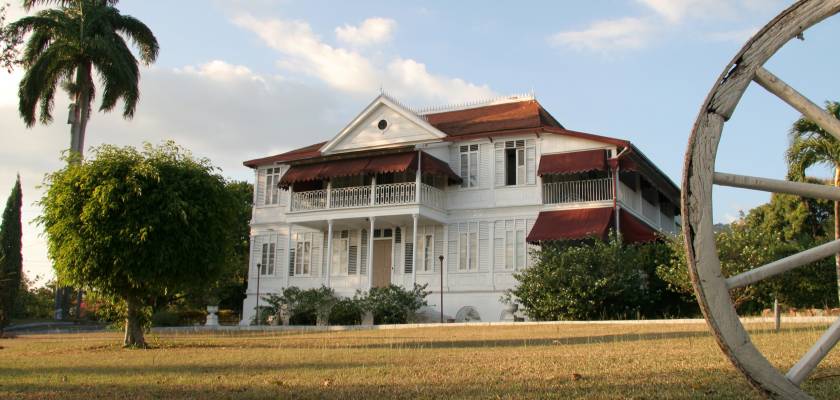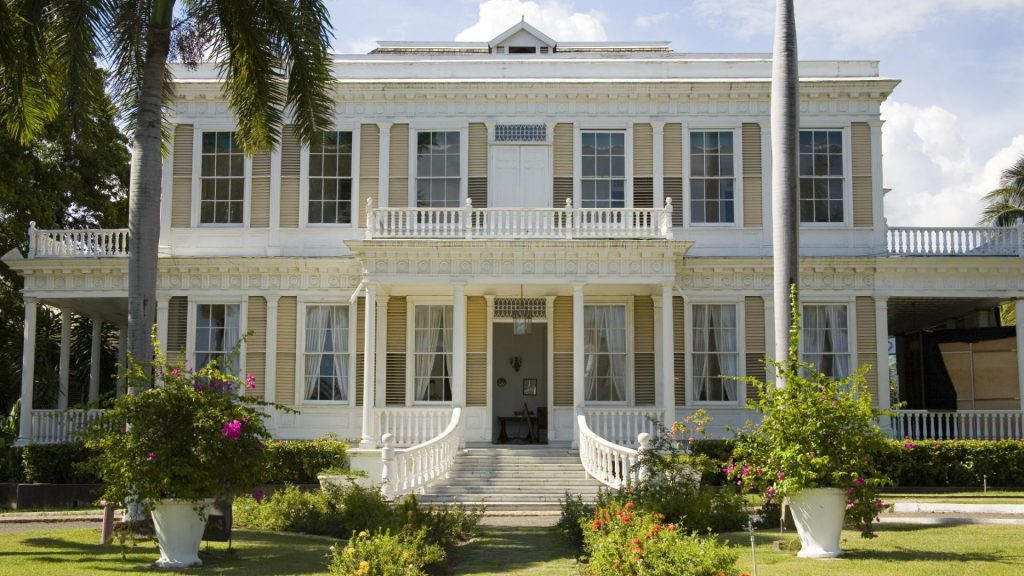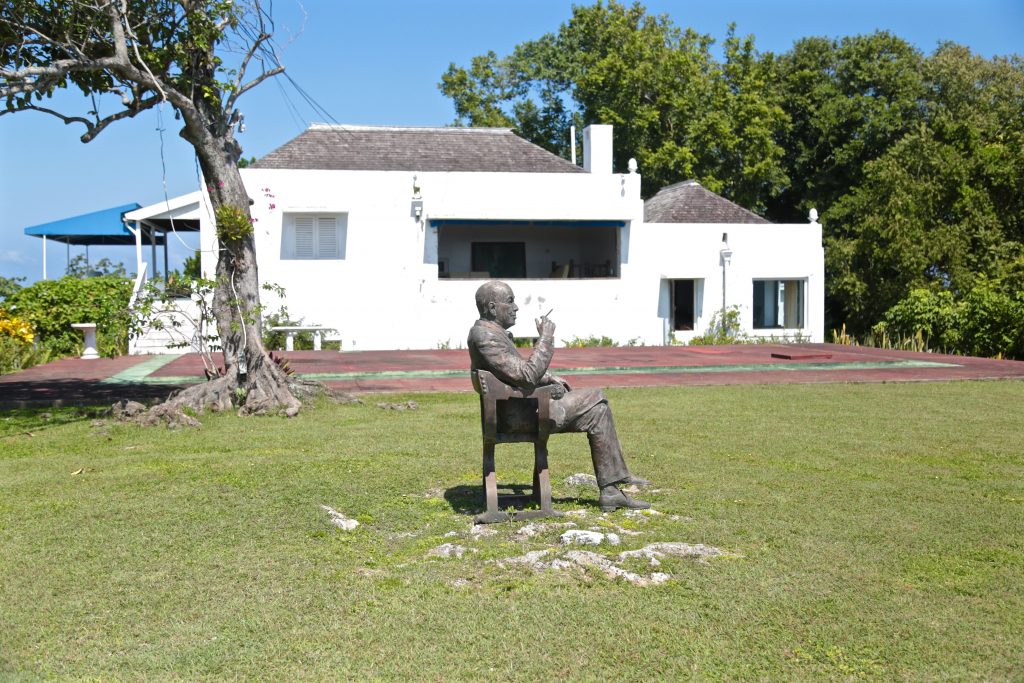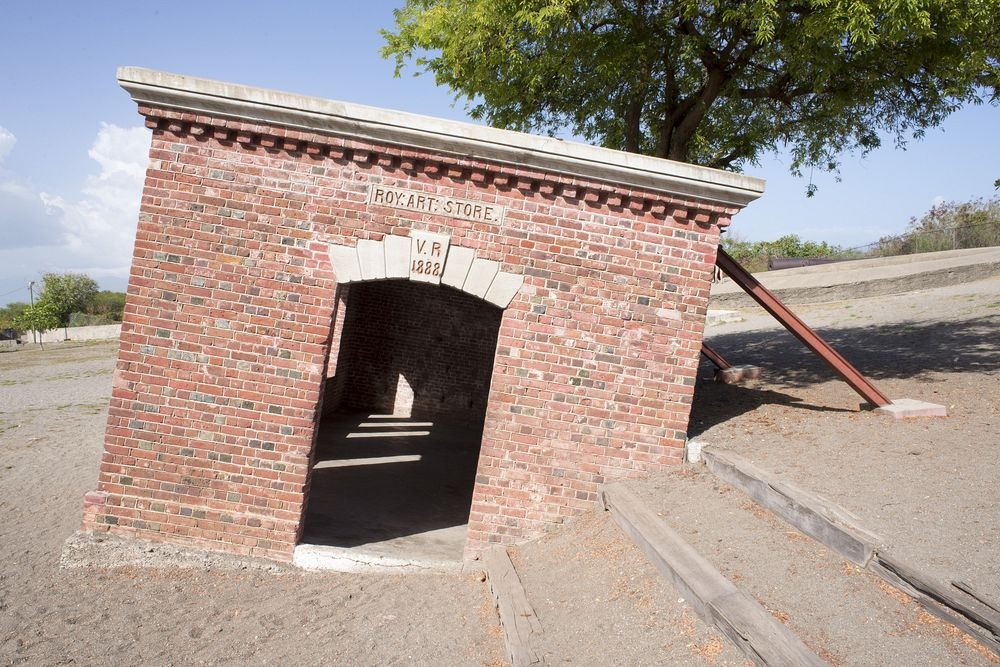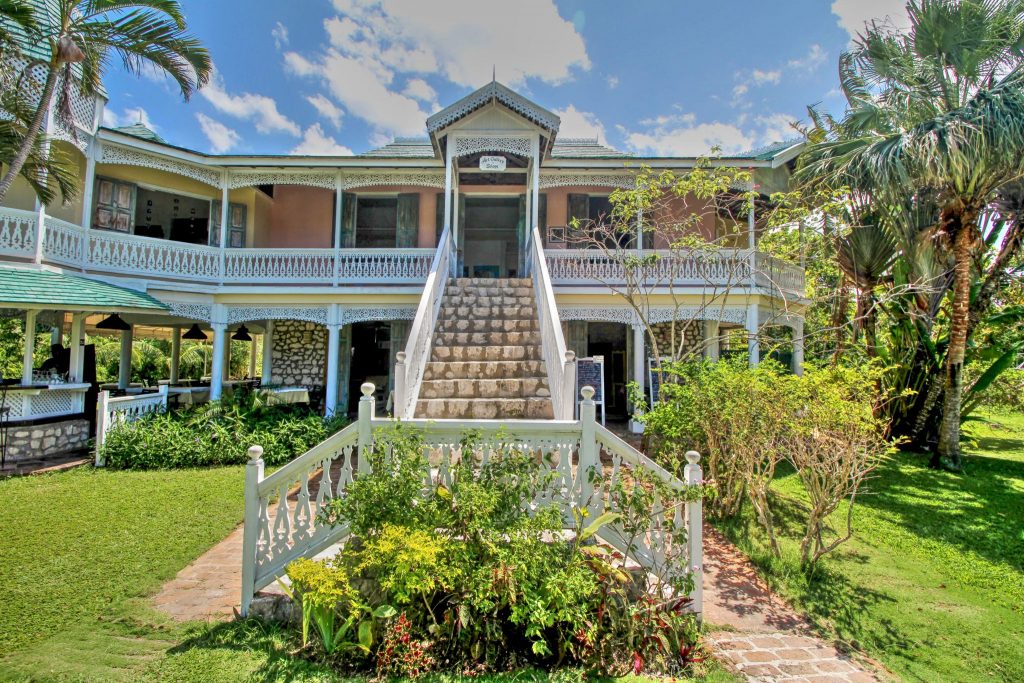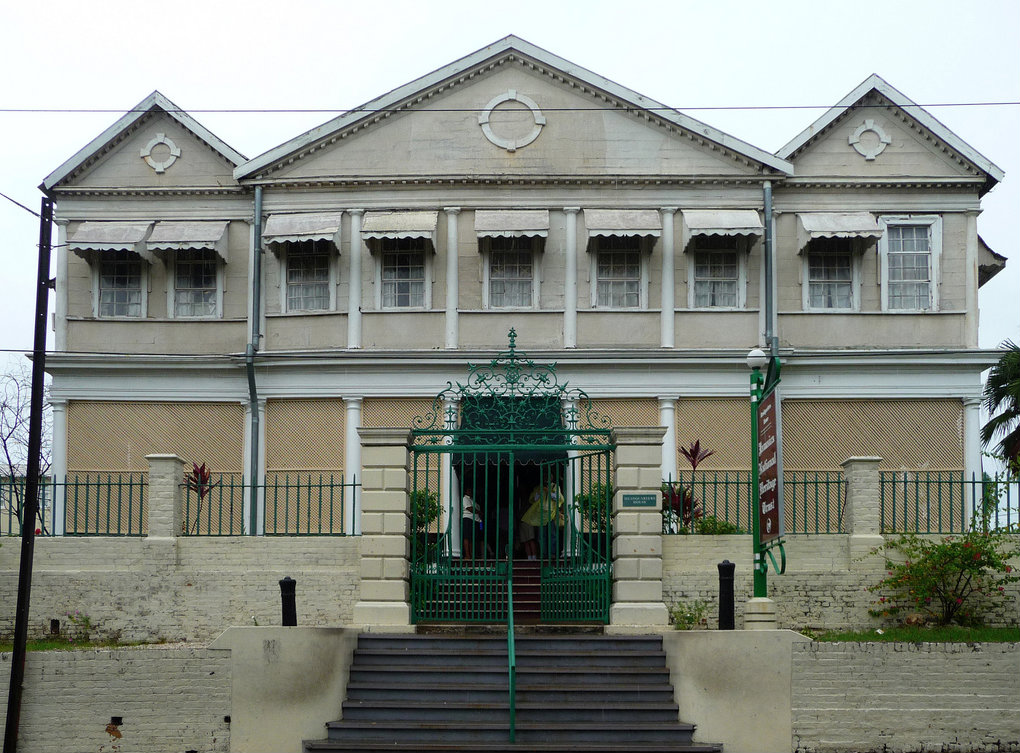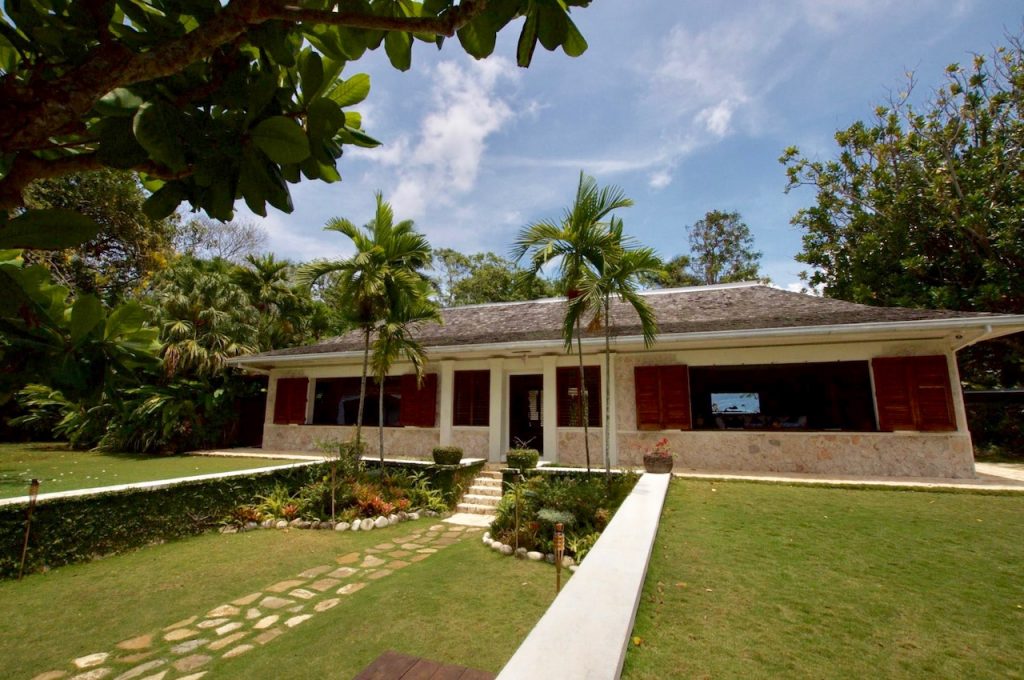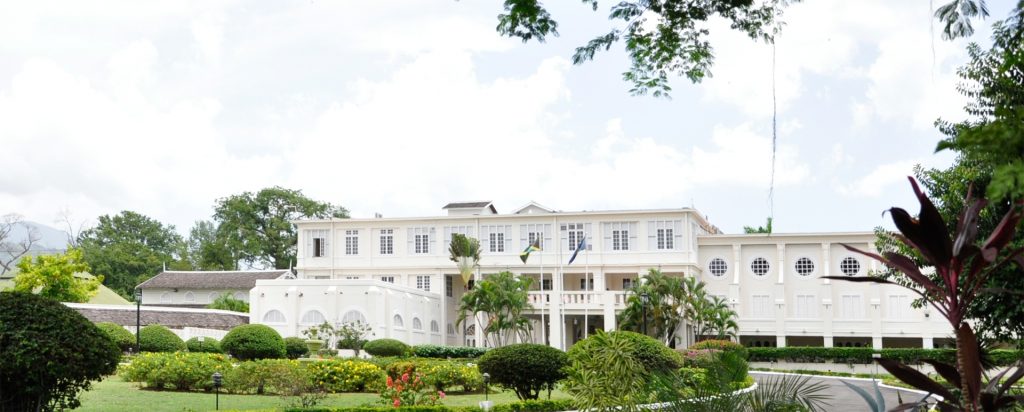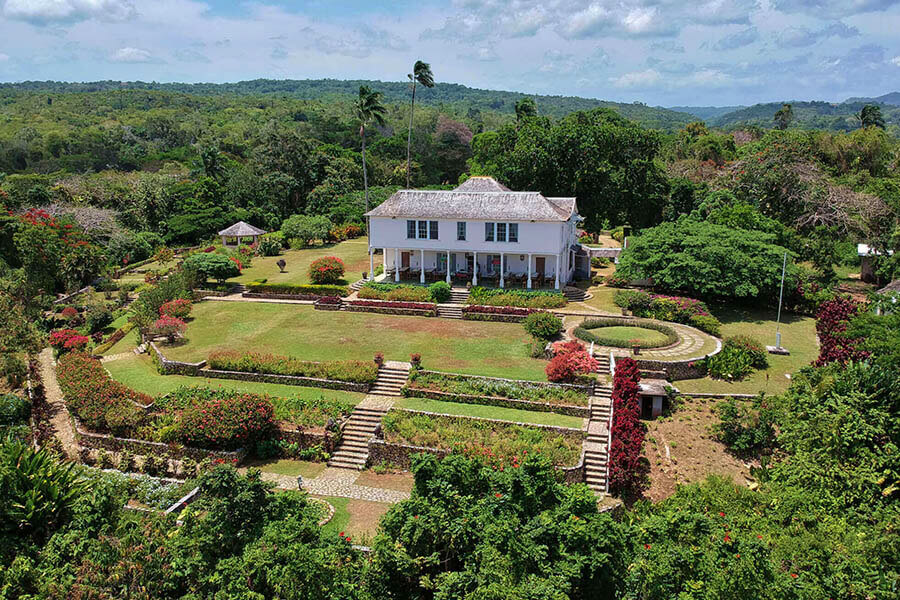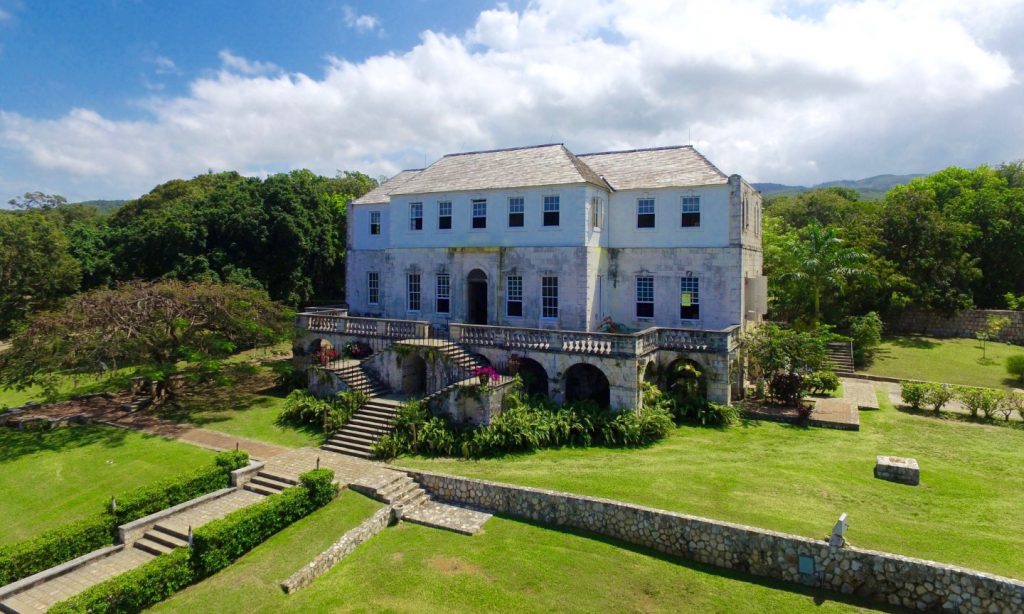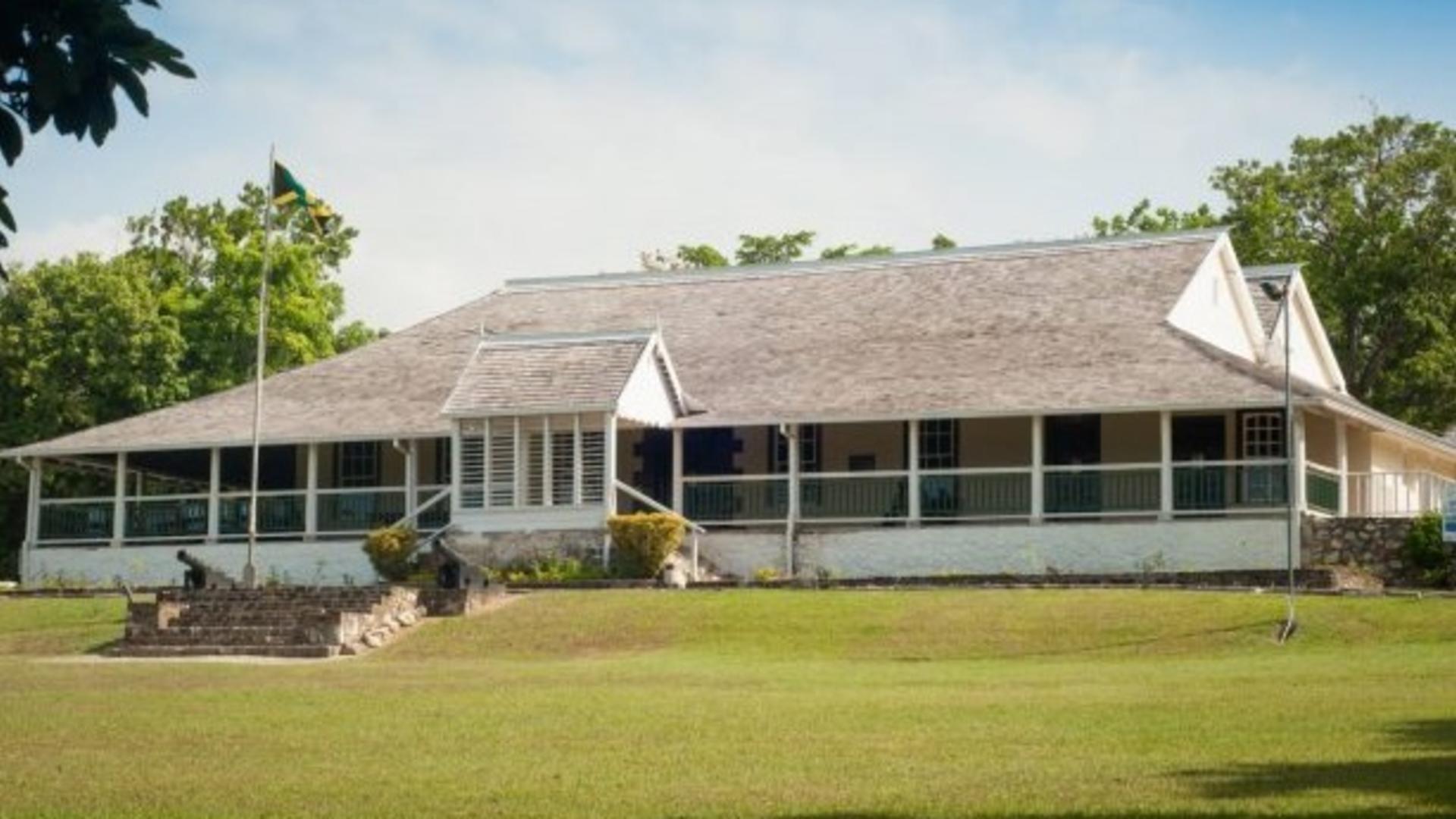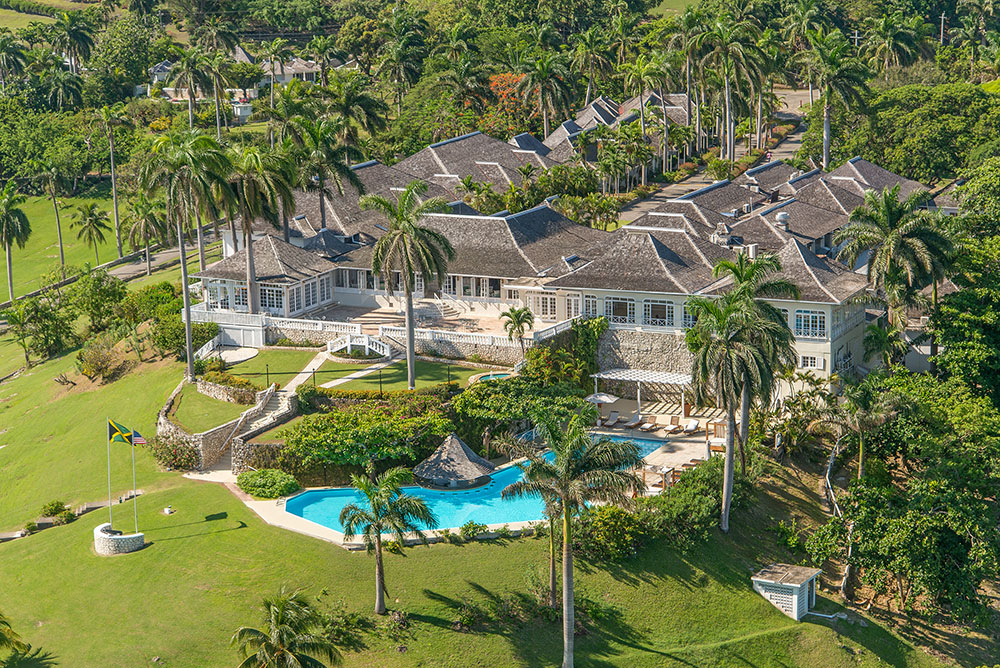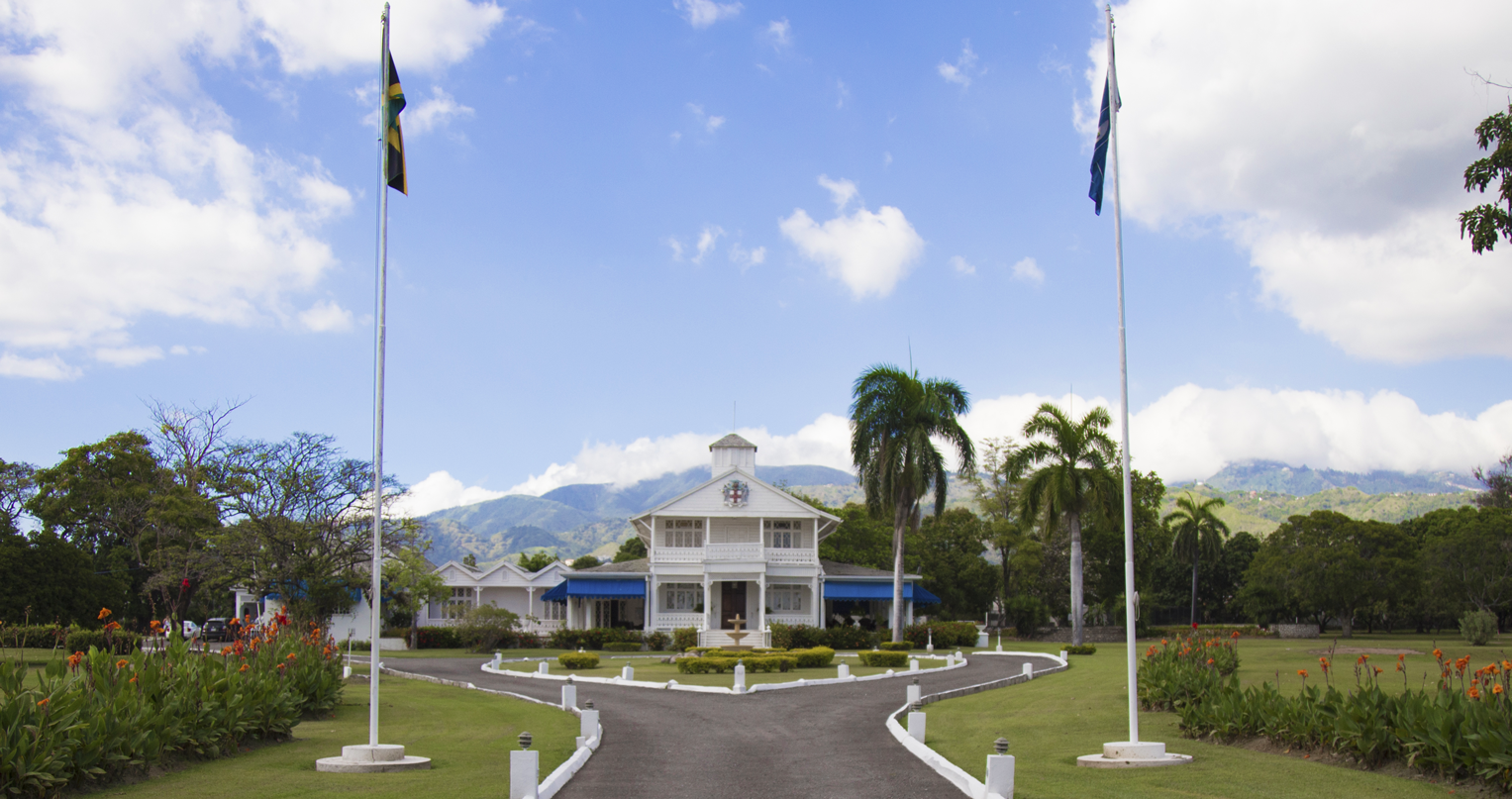#Jamaica: Famous Houses In Jamaica

By SUZZANNE COUSINS
Our little island is known for several things, beautiful beaches, warm weather, creative people and the list goes on. But, beyond the green forests and sandy shores, Jamaica has so much history built into its foundation. Across our diverse country, famous sites burst with character and a story.
At WIHCON, we’re in the business of building homes, so we figured we’d share some of Jamaica’s most decorated, admired, historic, star-struck and awe-inspiring homes.
Bob Marley Museum – St Andrew
The historic musical site was once the home of Reggae legend, Robert Nesta Marley, which he bought in 1975. This remarkable house features authentic 19th-century architecture and still hosts many of Marley’s precious treasures.
Bromley Great House – St Ann
Located in the WalkersWood district of St. Ann, this remarkable property built entirely of wood with a cut stone foundation, dates from the 18th century. It boasts a fabulous wrap-around veranda and sash windows, while at the front of the House there is an elegant porte-cochere with square wooden columns. The property also has fixed glass panels, louvre windows and lattice work with elaborate cedar roof shingles. In the 18th century Bromley was developed as a ‘Pen’ for cattle breeding along with horse and mule stock to support the sugar plantations. Today, it is home of the famous Walkerswood Jerk Seasoning and condiments.
Cherry Garden Great House – St Andrew
Known for being the former home of National Hero George William Gordon, The Cherry Garden Great House was first a sugar estate. In 1845, Gordon bought the property and later expanded the acreage by purchasing adjoining lots. Gordon lived at Cherry Garden until he was arrested and then hanged for his alleged role in the Morant Bay Rebellion of 1865. The main building is an impressive Jamaican-Georgian structure, two storeys in height. Its architectural features would suggest that the date of the construction is during the mid-1700s.
Cinnamon Hill – St James
Built back in 1734 by Edward Barrett, this extraordinary property became home to the famous American singer, songwriter, musician, actor, and author Johnny Cash. He bought the house from the then owners John Rollins’ family in the early 70s and his estate owned it until the Rollins family repurchased it in 2012 after the Cash family passed away.
Devon House – St Andrew
Beyond having the nations’ best ice-cream, 26 Hope Road, also marks the location of the famous Devon House Mansion. This fascinating property is one of Jamaica’s most celebrated historic landmarks, built by the island’s first black millionaire, George Stiebel. The Mansion is a beautiful blend of the Caribbean and Georgian architectural styles, overlooking a vast stretch of flawlessly manicured and lush, green grass.
Firefly Estate – St Mary
Another esteemed writer made Oracabessa, St Mary his home when British Playwright Noel Coward built the Firefly Estate in the parish. Initially called “Look Out” by the famous pirate Henry Morgan, Coward renamed it Firefly Hill because of the little glowing bugs seen on the property. He built his home and stayed there until his death.
Giddy House – Kingston
While not a house, it certainly deserves a feature. After its construction in 1888, this now lopsided building was the old Royal Artillery Store for the Victoria Battery. In 1907, an Earthquake shifted it to its present 45-degree angle. On entering the building, people often feel a strange sensation of being giddy or off-balance, caused by the building’s tilt, hence its name, the Giddy House.
Harmony Hall – St Mary
Located in Tower Isle, this historic building is a beautiful representation of the Jamaican-Georgian architecture. After being built in the late 1850s, it served as the Estate house of a small pimento and lime plantation. Later it became the manse of the Methodist church, and home of Sir Hugh Sherlock when he served on the Methodist Ocho Rios circuit in the 1930s. The property is now a national monument after its remodel in the 1980s where restorers transformed it into the Harmony Hall Art Gallery.
Hibbert House /Headquarters House – Kingston
Headquarters House, at 79 Duke Street, Kingston was built in 1755 by Thomas Hibbert, a wealthy young English Merchant. The young entrepreneur went on to own many other coveted properties along the Kingston Harbour, but the Hibbert House – as it’s called in his honour – is the only one still standing. It now serves as the head office of The Jamaica National Heritage Trust (JNHT).
Ian Fleming’s GoldenEye – St Mary
It was in this very home that Bond, James Bond had his genesis. In 1939, Ian Lancaster Fleming was recruited to war by Her Majesty’s British Naval Intelligence, where he worked on an operation called GoldenEye, the name of his soon-to-be tropical get-away. In the 1940s he returned to Jamaica and built his new home in Oracabessa. With trees all around and a breathtaking ocean view, it’s no wonder Fleming spent hours at his desk writing his famous James Bond books.
King’s House – St Andrew
While Jamaica was a Crown Colony of Great Britain, there was no official residence for Governors until the 1690s when one was erected in Port Royal. Subsequently, when Spanish Town became the island’s capital, a King’s House was built there as well, but was later destroyed by earthquake. It was not until the early 1900s that the new King’s House was built to house Governor Generals and their wives. The property covers some 51,000 square feet with three storeys. The ground floor rooms are arranged around an open patio, while the upper floor hosts the master bedroom and a beautifully furnished residential space.
Prospect Great House – St. Mary
Tucked away in the cool hills of St Mary is the Prospect Estate. This enormous property has an early 18th-century Great House, with two storeys and a few Palladian architecture features. The ground floor is fortified with 28 loopholes designed to protect the building against marauding pirates and buccaneers. A mahogany tree at the front of the house commemorates the three week stay of Sir Winston Churchill, former Prime Minister of Britain and his family in 1952.
Regardless – St Andrew
“Regardless” is most known for being the former home of the late Right Excellent Norman Manley. In 1962 Manley and his family moved from Drumblair to Regardless. His wife, Edna Manley often wrote endearing commentary about the home in her diary. The home has since been restored by the Jamaica National Heritage Trust.
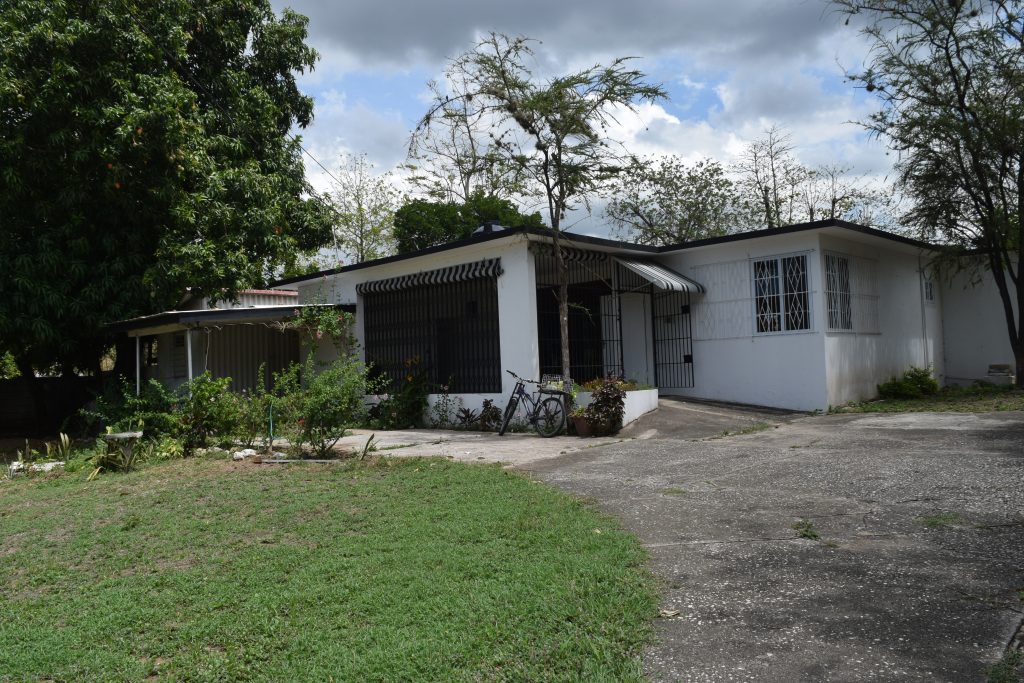
Rosehall Great House – St James
Infamous for its rich history, folklore and mystery, Rose Hall Great House is the most popular of Jamaica’s list of Great Houses. This property built back in the late 1700s by John Palmer boasts a magnificent architecture of cut stone and a hilltop location overlooking the sea.
Seville Great House – St Ann
In 1745, English army chief Captain Hemmings’ grandson built this great house, which initially consisted of two storeys. However, the top storey was blown off by a hurricane in about 1898, and never replaced. The property is of wattle and daub construction with timber floors and English-styled tiling. The doors of the building are of solid raised panel mahogany, while the windows are predominantly sashed, with later modifications, including jalousies. This site is now a heritage attraction.
Trident Castle – Portland
This magnificent structure is the brainchild of architect Earl Levy, who designed the entire castle himself. Construction began on the hulking estate in 1979 and lasted for almost a decade. The castle mimics structures from the British colonial-era of the early 1700s. It boasts remarkable architectural features fashioned with a banquet hall, a breathtaking ballroom, two spacious living rooms and a plethora of terraces and courtyards. Levy lived there for years before selling it to Jamaican Billionaire, Micheal Lee-Chin.
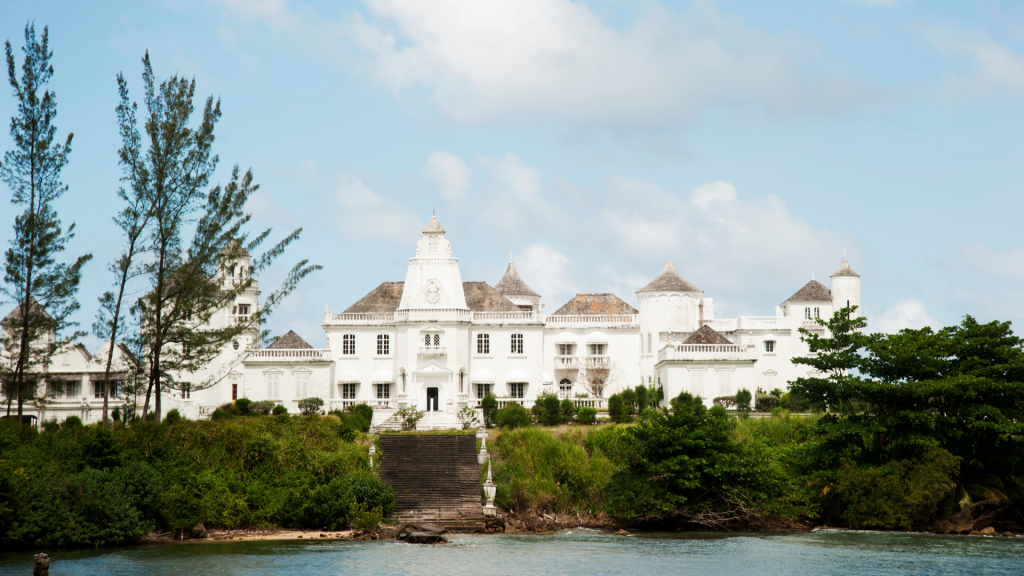
Tryall Great House – Hanover
Now a Golf Course and Tennis and Beach Club The Tryall Great House was built in 1834. Even after years of hurricanes and changing ownership, the property still has 19th-century gravestone fragments, the ruins of a sugar plantation including a huge cast-iron water wheel, an old cast-iron boiler and a beautiful brick structure chimney.
Vale Royal – St Andrew
Vale Royal, formerly known as “Prospect Pen” belonged to one of the richest planters in Jamaica, Sir Simon Taylor, who constructed the home in 1694. It was then bought by the Government of Jamaica in 1928, and became the official residence of the British Colonial Secretary, Sir Reginald Edward Stubbs. Following Jamaica’s independence in 1962, the residence has served as home to Prime Ministers and other government officials, but at present is unoccupied and used for state functions and other ceremonies.
Did we miss any great homes on our list? Let us know!
Sources:
https://www.travelagewest.com/Travel/Caribbean/5-Historical-Jamaica-Estate-Tours
http://jamaicagreathouses.com/
https://www.theflemingvilla.com/
https://www.bobmarleymuseum.com/
https://traveltips.usatoday.com/history-trident-castle-port-antonio-jamaica-58987.html

